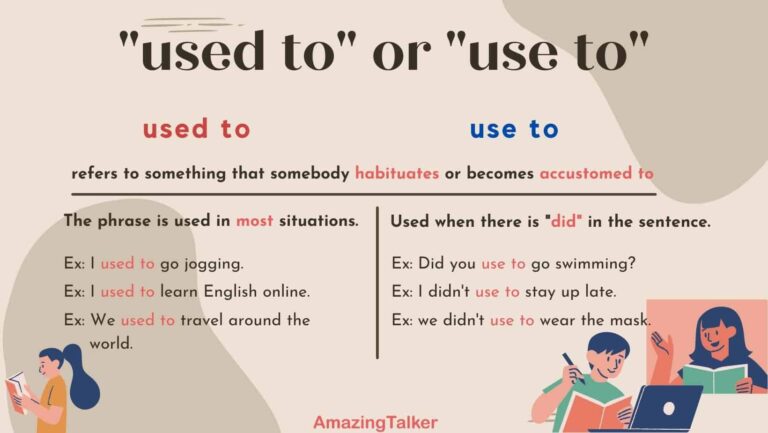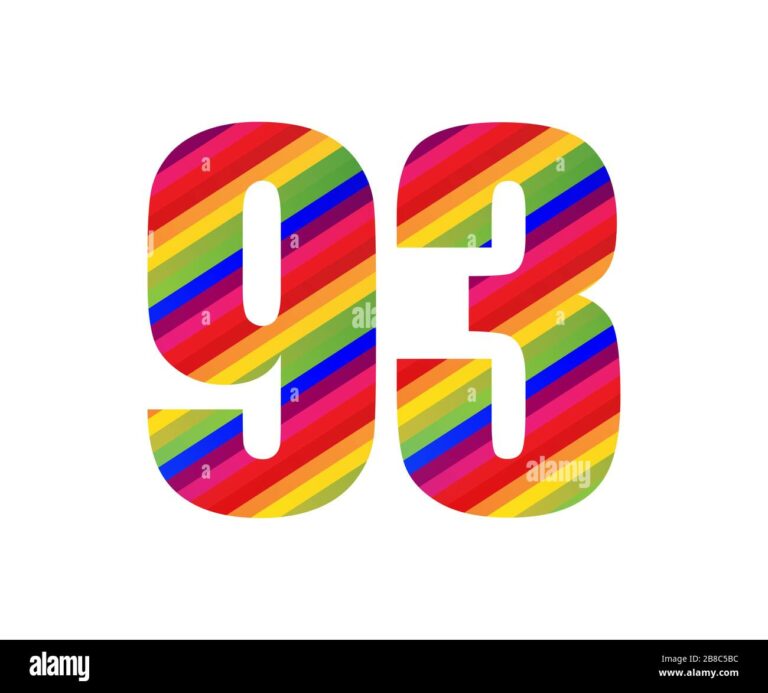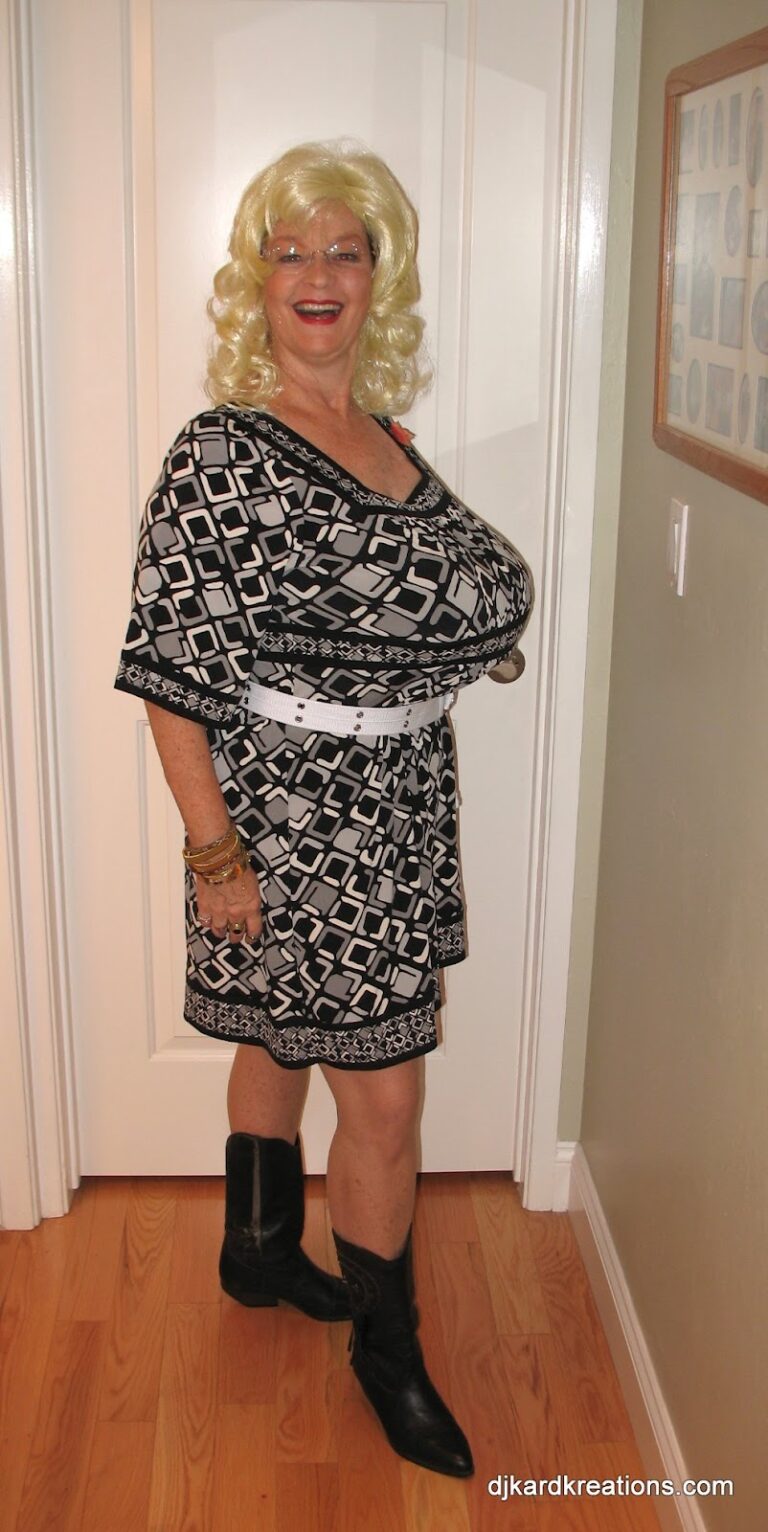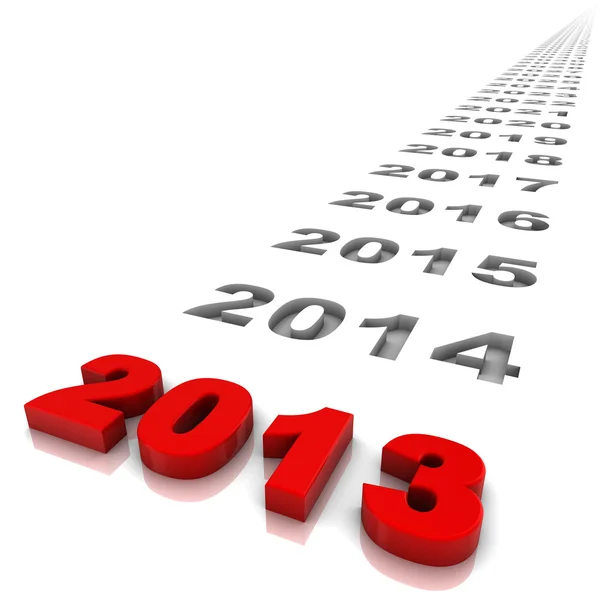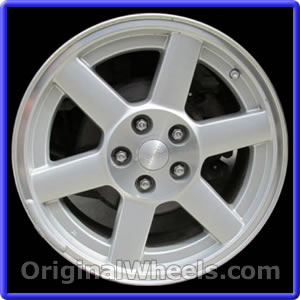Wrangler Jeep Grill: The Face of an Icon, A Canvas for Customization
Wrangler Jeep Grill: The Face of an Icon, A Canvas for Customization jeeps.truckstrend.com
The Jeep Wrangler. Few vehicles evoke such a strong sense of adventure, freedom, and rugged capability. And at the very heart of its unmistakable identity lies a feature often overlooked yet profoundly significant: the Wrangler Jeep Grill. More than just a functional component, the grill is the "face" of the Wrangler, instantly recognizable with its iconic seven-slot design. It’s a statement, a heritage marker, and for many owners, a prime canvas for personalization that allows their vehicle to truly reflect their spirit.
This comprehensive guide will delve deep into the world of the Wrangler Jeep Grill, exploring its history, functionality, the vast array of customization options, practical considerations for choosing and installing one, and much more. Whether you’re a long-time Jeeper, a new owner, or simply an admirer of this legendary vehicle, understanding the grill’s importance will enhance your appreciation for what makes a Wrangler, a Wrangler.
Wrangler Jeep Grill: The Face of an Icon, A Canvas for Customization
The Iconic Seven-Slot Design: A Legacy Unveiled
The seven-slot grill isn’t merely a design choice; it’s a direct lineage from the vehicle’s wartime origins. The original Willys MB Jeep, forged during World War II, featured a slatted grill designed for optimal engine cooling and protection. While the exact number of slots varied in early models, the standardized seven-slot design became a signature feature by the time the civilian Jeeps (CJs) began production, evolving into the distinct, vertical-slotted appearance we know today on the Wrangler.
This design serves several critical purposes:
- Airflow and Cooling: The primary function of any vehicle grill is to allow air to flow through to the radiator, cooling the engine. The Wrangler’s grill is engineered to ensure efficient airflow, crucial for both on-road performance and demanding off-road conditions where engine temperatures can rise quickly.
- Protection: It acts as a robust barrier, protecting the radiator, headlights, and other vital front-end components from debris, rocks, branches, and other hazards encountered during off-road excursions or even daily driving.
- Aesthetic Identity: Beyond functionality, the seven-slot grill is a powerful branding element. It’s instantly identifiable, differentiating a Jeep from any other vehicle and cementing its status as a symbol of rugged individualism and adventure.
![]()
Over the decades, while the core seven-slot concept has remained, its execution has evolved with each Wrangler generation – from the narrower, more utilitarian grills of the YJ and TJ to the wider, more pronounced designs of the JK and JL. Each iteration subtly adapts the classic form to contemporary vehicle design while preserving its iconic heritage.
Beyond Aesthetics: Functionality of the Wrangler Jeep Grill
While its visual appeal is undeniable, the Wrangler grill’s functional roles are paramount to the vehicle’s operation and durability.
- Engine Cooling Optimization: The precise spacing and orientation of the slots are engineered to channel air directly to the radiator, intercooler (in turbocharged models), and other heat exchangers. This is particularly vital for a vehicle often subjected to low-speed, high-stress situations like rock crawling or towing, where airflow from vehicle speed is minimal.
- Component Protection: The grill provides a robust shield for vulnerable components. Imagine traversing a rocky trail without this protection; the radiator would be exposed to direct impacts from stones, branches, or even minor collisions, leading to costly damage and potential breakdowns.
- Mounting Points for Accessories: Modern Wrangler grills, especially aftermarket variants, often integrate provisions for mounting additional accessories. This can include light bars for enhanced visibility during night driving or off-roading, winches for recovery operations, or even cameras for improved situational awareness on trails.
- Integration with Headlights and Turn Signals: The grill forms an integral part of the front lighting system, framing the headlights and often incorporating turn signals or daytime running lights, ensuring a cohesive and functional front-end design.
Types of Wrangler Jeep Grills: A World of Customization
The aftermarket industry for Jeep Wranglers is vast, and grills are no exception. Owners have an incredible range of choices, allowing for significant personalization.
- OEM (Original Equipment Manufacturer) Replacement Grills: These are direct replacements for the factory grill, perfect for restoring a damaged vehicle to its original appearance or maintaining a classic look. They are typically made from durable ABS plastic.
- Classic/Retro-Style Grills: Designed to evoke the spirit of earlier Jeep models, these often feature narrower slots, integrated turn signals, or a more vintage aesthetic, appealing to those who appreciate Jeep’s heritage.
- Aggressive/Angry Eye Grills: A popular trend, these grills feature a narrowed or "scowling" headlight opening, giving the Wrangler a more menacing or "angry" look. They are often made from ABS plastic and are purely for aesthetic modification.
- Mesh/Insert Grills: Instead of traditional vertical slots, these grills feature a fine mesh or perforated design. They can offer a unique look and sometimes better protection against small debris while maintaining airflow. They often come as inserts that fit within the existing grill shell or as full replacements.
- Off-Road Specific Grills (Steel/Aluminum): Built for durability, these grills are often constructed from heavy-gauge steel or lightweight aluminum. They are designed to withstand extreme abuse and may incorporate features like integrated winch mounts, D-ring shackles, or cutouts for auxiliary lights, offering both enhanced protection and functionality for serious off-roaders.
- Color-Matched and Accent Grills: Many owners opt for grills that are custom-painted to match their vehicle’s body color or feature accent colors on the slots or trim pieces, creating a truly unique and cohesive look.
- LED Grills: Some modern aftermarket grills incorporate integrated LED lighting, either as accent lights, turn signals, or even full LED light bars, enhancing visibility and adding a futuristic touch.
Materials Matter:
- ABS Plastic: The most common material for OEM and many aftermarket grills. It’s lightweight, relatively inexpensive, and resistant to minor impacts and rust. Easily paintable.
- Steel: Used for heavy-duty aftermarket grills, offering superior strength and protection against major impacts. However, it’s heavier and can be susceptible to rust if not properly coated.
- Aluminum: A good compromise between weight and strength. Aluminum grills are lighter than steel but stronger than plastic, and they are naturally resistant to rust. Often found in premium aftermarket options.
Choosing the Right Grill for Your Wrangler
Selecting the perfect grill involves balancing aesthetics, functionality, budget, and compatibility.
- Vehicle Model and Year: This is paramount. Grills are designed for specific Wrangler generations (e.g., JL, JK, TJ, YJ). Ensure the grill you choose is compatible with your exact model and year.
- Desired Aesthetic: Do you want a subtle OEM look, an aggressive "angry eye," a classic retro vibe, or a rugged off-road beast? Browse options and envision how they’ll complement your Jeep’s overall style.
- Functionality Needs: Are you purely seeking a cosmetic upgrade, or do you need enhanced protection for off-roading? Do you plan to mount a winch or extra lights? If so, choose a grill designed for those purposes.
- Material Preference: Consider the pros and cons of ABS plastic, steel, and aluminum based on your budget, desired durability, and weight considerations.
- Budget: Prices vary significantly. Set a realistic budget before you start shopping.
- Legal Considerations: In some regions, certain grill designs (especially those that significantly alter headlight appearance or obstruct lighting) might have legal implications. Always check local regulations.
Installation Guide: Swapping Your Wrangler’s Grill
Swapping out a Wrangler grill is a relatively straightforward DIY project for most models, often requiring only basic hand tools.
Tools You’ll Likely Need:
- Plastic trim removal tool
- Flathead screwdriver
- Phillips head screwdriver
- Ratchet with appropriate sockets (typically 10mm)
- Clean cloth
General Step-by-Step Process (may vary slightly by model):
- Prepare the Vehicle: Park on a level surface, engage the parking brake, and turn off the engine.
- Open the Hood: Access the top of the grill.
- Remove Top Clips/Fasteners: On most Wranglers (JK/JL), the grill is held in place by a series of plastic push-pin clips along the top edge. Use a trim removal tool or a flathead screwdriver to carefully pop up the center pin, then pull out the entire clip. Keep these clips organized.
- Disconnect Lights (if applicable): If your grill has integrated turn signals or side marker lights, reach behind the grill and carefully twist or pull the bulb sockets to disconnect them. For LED lights, you might need to unplug a wiring harness.
- Release Bottom Clips: The bottom of the grill is typically secured by several larger clips or "snaps" that slot into the body. Gently pull the bottom of the grill straight out and away from the vehicle. You might hear a "pop" as these clips release.
- Remove Old Grill: Once all clips are released and lights disconnected, carefully lift the old grill away from the vehicle.
- Prepare New Grill: If your new grill requires assembly (e.g., installing mesh inserts or transferring turn signal housings), do so now.
- Install New Grill:
- Align the bottom clips of the new grill with the corresponding slots on the vehicle’s frame. Push firmly until they snap into place.
- Reconnect any light wiring harnesses or bulb sockets.
- Align the top edge of the grill and reinsert the plastic push-pin clips, pushing the center pin down to secure them.
- Test Lights: Turn on your headlights and turn signals to ensure all lights are functioning correctly.
- Final Check: Ensure the grill is securely seated and doesn’t wobble.
Tips for a Smooth Installation:
- Work Slowly and Carefully: Avoid forcing anything to prevent breaking plastic clips or scratching paint.
- Use a Soft Surface: Place the old and new grills on a blanket or cardboard to prevent scratches during handling.
- Watch a Video Tutorial: Even with these instructions, a visual guide specific to your Wrangler model can be incredibly helpful.
Common Challenges:
- Stubborn Clips: Over time, plastic clips can become brittle or stuck. A little gentle wiggling or leverage with the trim tool can help.
- Wiring: Some aftermarket grills might require minor wiring modifications if they include integrated lights that differ from the OEM setup.
- Fitment Issues: While rare with reputable brands, some cheaper aftermarket grills might have slight fitment discrepancies, requiring minor adjustments.
Maintenance and Care for Your Jeep Grill
Keeping your Wrangler grill looking its best and performing optimally is simple:
- Regular Cleaning: Wash your grill as part of your regular vehicle wash. Use a mild car soap and a soft brush or sponge to remove dirt, bugs, and road grime. For stubborn grime, a bug and tar remover can be effective.
- Address Rust (for steel grills): If you have a steel grill, inspect it periodically for chips in the powder coating that could lead to rust. Touch up any chips promptly with rust-inhibiting paint.
- UV Protection (for plastic grills): Over time, direct sunlight can fade and degrade plastic. Use a UV protectant spray specifically designed for automotive plastics to extend the life and appearance of your plastic grill.
- Inspect for Damage: After off-roading, quickly check your grill for cracks, bends, or loose components. Early detection can prevent more significant issues.
The Psychological Impact: More Than Just Metal and Plastic
For many Jeep owners, the grill is more than just a part; it’s an extension of their personality and a symbol of their connection to the global Jeep community. The choice of an "angry eye" grill might signal a rebellious spirit, while a classic OEM look speaks to a reverence for tradition. A robust steel grill indicates a serious off-roader, ready for anything.
The grill is often the first thing people notice on a Wrangler, setting the tone for the entire vehicle. It’s a talking point at Jeep meets, a subject of debate in online forums, and a source of pride for owners who have invested time and thought into customizing their rig’s "face." This level of engagement transforms a simple automotive component into a cultural touchstone within the passionate world of Jeep enthusiasts.
Wrangler Jeep Grill Price Table (Estimated Ranges)
Please note: Prices are highly variable based on brand, material quality, specific features, and retailer. These are general estimated ranges for common types of Wrangler grills. Installation costs are typically separate if you opt for professional installation.
| Grill Type / Material | Typical Price Range (USD) | Key Features / Notes |
|---|---|---|
| OEM Style (ABS Plastic) | $100 – $300 | Direct factory replacement, standard appearance. |
| Aftermarket ABS Plastic | $150 – $400 | Aggressive "Angry Eye," unique slot designs, various colors. |
| Mesh Grille Inserts (ABS/Metal) | $50 – $200 | Inserts that fit into existing grill, custom look, added debris protection. |
| Full Mesh Grille (ABS/Metal) | $200 – $500 | Complete replacement grill with mesh design. |
| Steel Off-Road Grille | $400 – $1000+ | Heavy-duty, maximum protection, often includes winch mounts or D-ring tabs. |
| Aluminum Off-Road Grille | $500 – $1200+ | Lighter than steel, rust-resistant, premium option for serious off-roaders. |
| Grille with Integrated LED Lights | $300 – $800+ | Includes built-in LED light bars or accent lights, can be plastic or metal. |
| Painted/Custom Color Matched | Additional $100 – $300+ | Price added to base grill cost for professional painting to match vehicle color. |
Disclaimer: These prices are estimates and can fluctuate significantly based on market conditions, specific brands (e.g., Mopar, Smittybilt, Rugged Ridge, RedRock, etc.), promotions, and geographical location. Always check multiple retailers for the most current pricing.
Frequently Asked Questions (FAQ)
Q1: Is it legal to change my Wrangler’s grill?
A1: Generally, yes, changing your grill is legal. However, you must ensure that the new grill does not obstruct your headlights or turn signals in a way that violates local vehicle codes. Grills that significantly alter the headlight shape (like some "angry eye" designs) might be scrutinized more closely in some jurisdictions, but are widely used without issue. Always check your local regulations if you have concerns.
Q2: Do aftermarket grills affect engine cooling?
A2: Reputable aftermarket grills are designed to maintain adequate airflow for engine cooling. However, some designs with very restrictive mesh patterns or extremely narrow slots could theoretically reduce airflow slightly. For most driving conditions, this is not an issue. If you frequently operate your Jeep in extreme heat or under heavy load (towing, prolonged off-roading), it’s wise to choose a grill with an open design to ensure optimal cooling.
Q3: How long does it take to install a new Wrangler grill?
A3: For most Wrangler models (JK, JL), a grill swap is a quick job. With basic tools and a little know-how, it can typically be done in 15-30 minutes. If there are integrated lights to wire or more complex mounting, it might take an hour or two.
Q4: What’s the difference between an ABS plastic grill and a steel grill?
A4: ABS plastic grills are lightweight, inexpensive, and resistant to minor impacts and rust. They are primarily for aesthetics. Steel grills are much heavier, more expensive, but offer superior protection against significant impacts and are often chosen for serious off-roading where durability is paramount. Steel can rust if its protective coating is compromised.
Q5: Can I paint my stock Wrangler grill?
A5: Yes, absolutely! Many Jeep owners custom paint their stock ABS plastic grills to match their body color, add accent colors, or create unique designs. Proper preparation (sanding, priming) is key for good adhesion and a durable finish.
Q6: Do all Wrangler grills fit all Wrangler models (e.g., JK, JL, TJ)?
A6: No, grills are generation-specific. A grill designed for a Wrangler JK (2007-2018) will not fit a Wrangler JL (2018-present) or a TJ (1997-2006). Always double-check the product’s compatibility with your specific Wrangler model and year before purchasing.
Conclusion
The Wrangler Jeep Grill is far more than a simple piece of plastic or metal. It’s a direct link to the vehicle’s legendary heritage, a critical component for its functionality, and a dynamic canvas for personal expression. From its iconic seven-slot design that ensures proper engine cooling and protection, to the vast universe of aftermarket options that allow owners to truly make their Jeep their own, the grill stands as a testament to the Wrangler’s enduring appeal.
Choosing, installing, and maintaining your Wrangler’s grill is an engaging part of the ownership experience, offering both practical benefits and a profound sense of connection to the vehicle’s identity. So, whether you prefer the classic stock look or a bold, customized statement, remember that the face of your Wrangler is a reflection of its history, its capability, and ultimately, your own adventurous spirit.
